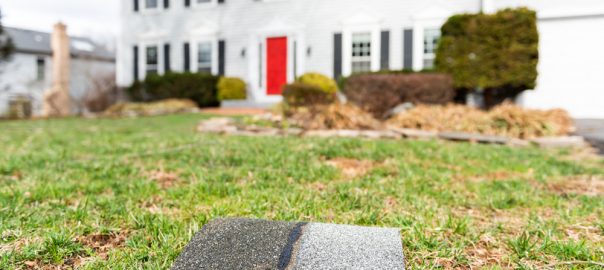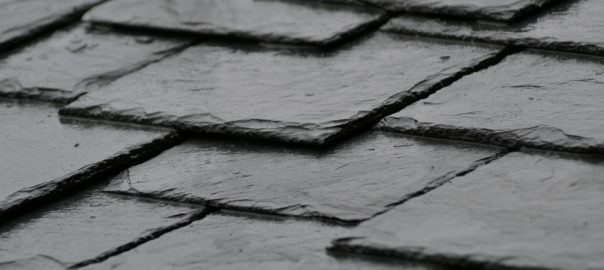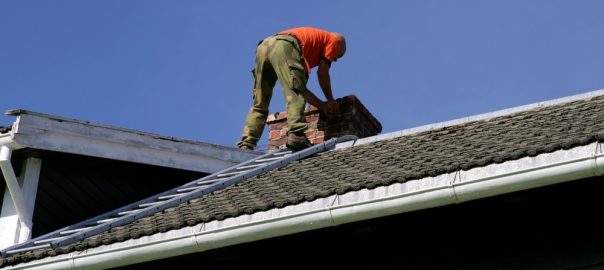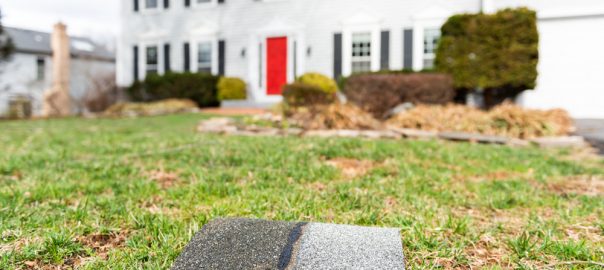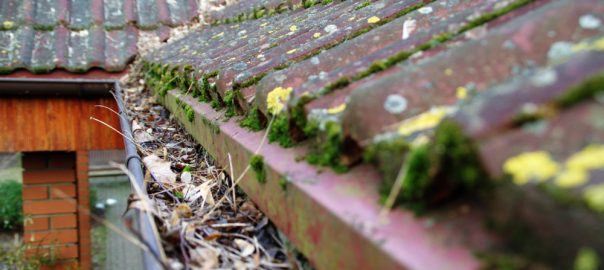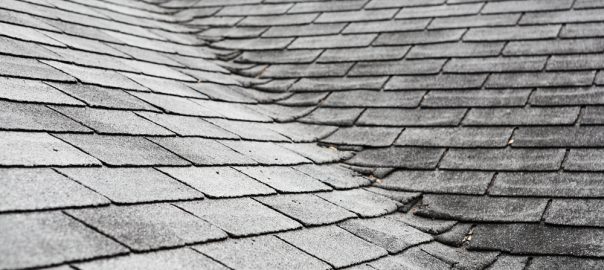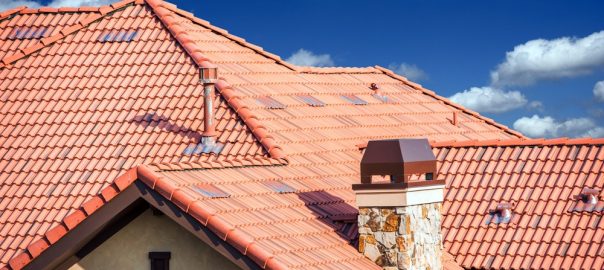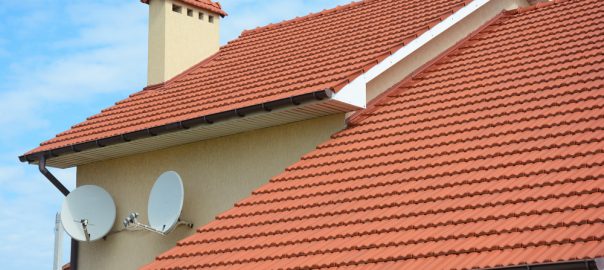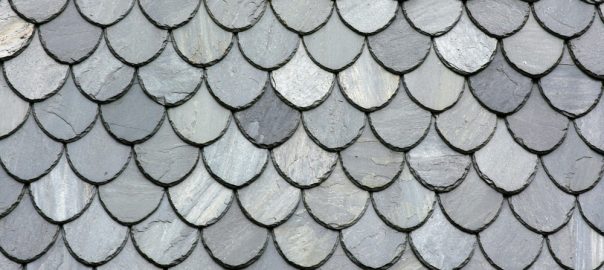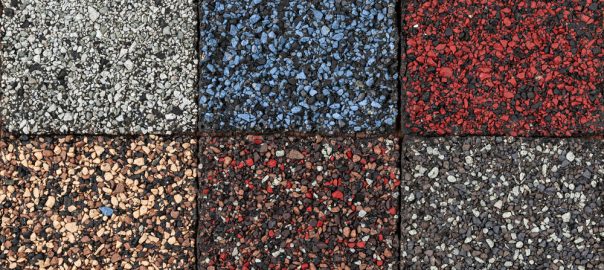There are plenty of roofing contractors that will tell you what you want to hear to secure a contract. However, when it comes time for them to replace your home’s roof, it becomes obvious that they don’t know what they’re doing. Take a look at our blog to learn more about the mistakes that inexperienced roofers make.
Forgetting The Starter Shingles
One of the most common mistakes that inexperienced roofers will make is forgetting to install the starter shingles. Starter shingles are fitted with special adhesives which make them more durable and able to withstand strong wind gusts which make otherwise blow the shingles away. Forgetting to install the starter shingles can result in a roof that is unable to withstand wind.
No Leak Barrier
Depending on your climate, you may not need a leak barrier on every portion of your roof. However, you will need to have it installed in at least the valleys of your roof and around any roof openings and near your chimney. If your roof doesn’t install a leak barrier, it can quickly lead to expensive repairs!
Poor Shingle Installation
Another clear sign that your roofer doesn’t know what they’re doing is when you see that your shingles are being installed incorrectly. There is a variety of mistakes that can be made when installing shingles, from having them improperly spaced or not aligned correctly, to damaging them during the installation process. Poorly installed shingles not only take away from your home’s curb appeal, they can also end up causing damage to your home, as your roof will not properly protect your home from water damage.
Forgetting About The Drip Edge
This one can be harder to spot, but it is important that your roofer remembers to install a drip edge along your roof in order to protect it from water damage. Forgetting to install a drip edge will result in water dripping under your shingle into your roof deck, or down your fascia boards, where it can cause significant rot damage.
Poorly Installed Gutters
Finally, an inexperienced roofer will likely install your gutters incorrectly. Poorly installed gutters may not be able to handle the water coming off of your roof, which can quickly lead to more expensive repairs as water drips down the side of your home and pools around your foundation.
Contact Us Today
If you need to have your roof installed by a contractor who knows what they’re doing, our team is ready to assist! Reach out to our team today to learn more about our roofing installation services! We can reach us over the phone at (401) 255-2003 or by filling out our online contact form! We look forward to assisting with your roof replacements!
